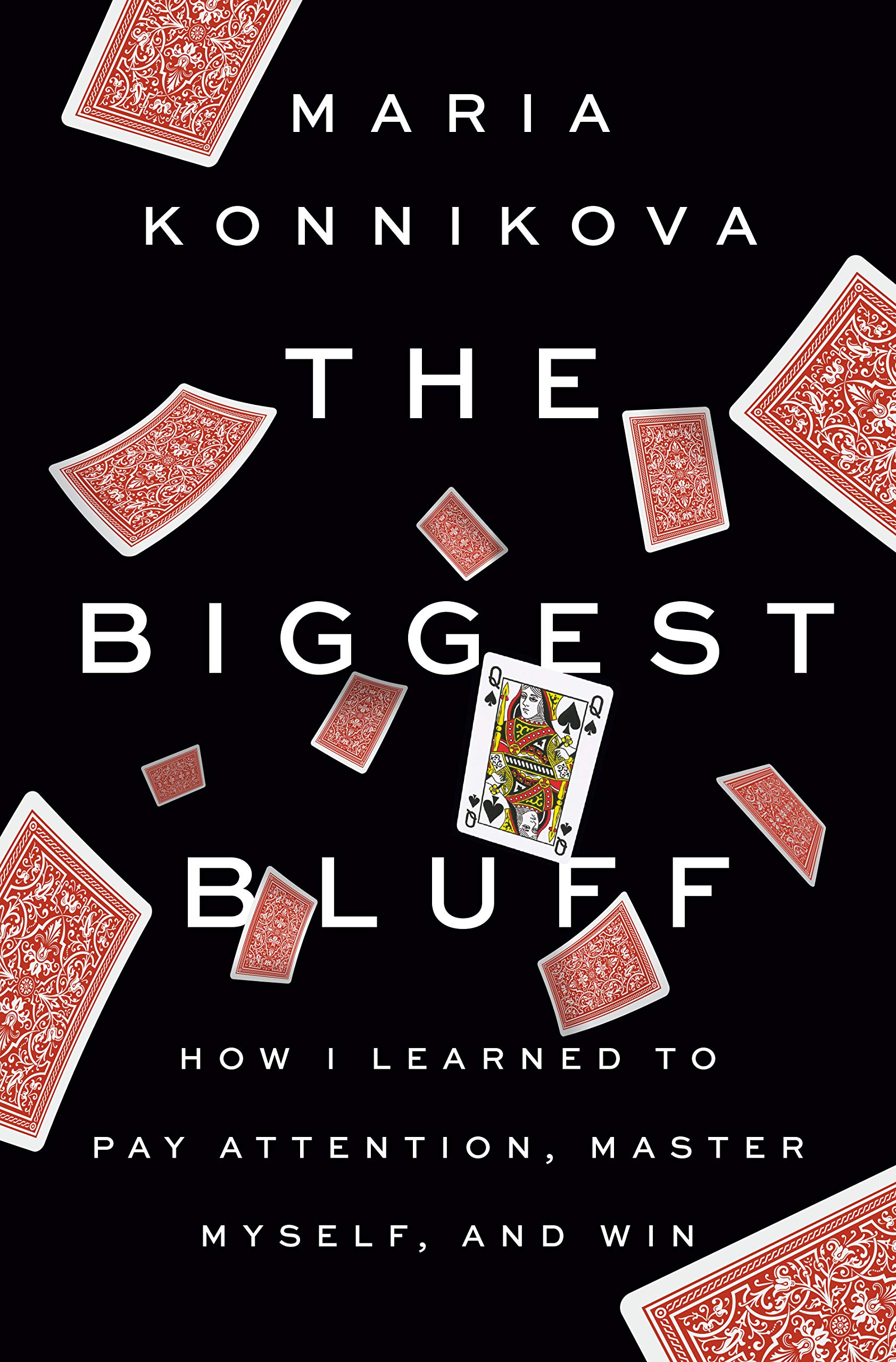However, like all rules, there are exceptions. Assuming we are bluffing we can invest as much of our stack as we like and still find the fold button, so long as we consider the bluff to have a positive expectation and we don't feel that we are priced in on a call.
Allin is always better as the aggressor
It's nearly always better that we are the player putting our opponent to a commitment decision rather than the opposite scenario. This is because we have fold-equity. A situation where we have no fold equity is never going to be as profitable.
Imagine we are playing a 6max game with 50bb stacks and the BTN decides to shove all-in. We have no history and hold AKo in the small-blind. It's possibly OK to call in this situation, but it's really not going to be overly profitable for us, despite the fact that we have part of our standard stacking range in this situation.
Its true, BTN could be shoving wide, in which case calling is clearly fine, but then there is also the possibility that he is simply shoving AA/KK only, meaning the call will be losing.
In short,
we don't know if calling will be +EV, it really depends on the player. We know for certain however that the situation will be high variance and cause our results graph to become swingy. Perhaps we have seen that our opponent actually has a VPIP of 0 over 50 hands, in which case it would be completely fine to fold in this scenario.Now let's imagine that BTN opens for a regular sizing, we 3bet, he 4bets, and we shove over the top. This is nearly always going to profitable. Even if our opponent ends up having AA, it's important to factor in the idea that we had fold-equity with both our 3bet and our 5bet against his overall range. It's typically this fold-equity that makes AKo an extremely profitable stack-off and we should always be more cautious in situations where we are calling a jam with no fold-equity.
Commitment Decisions with Draws
We can apply this logic to draws to help us understand when shoving is correct vs playing our draws slowly.
50bb effective stacks.
6 handed, NLHE
UTG (50bb)
CO (50bb)
SB (50bb)
UTG folds, MP folds, CO opens to 3bb, Hero cold-calls 3bb, SB folds, BB folds.
Flop (7.5bb)
T43
CO checks, Hero bets 5bb, CO check/raises to 15bb
So first note that if we call here,
we would have invested 18bb out of our 50bb stack. Why is this relevant? We'd have invested over 1/3rd of our stack and crossed the commitment threshold. According to the commitment threshold concept,
we need to make a decision regarding whether it's correct to go all-in here of whether we'll do better by just calling.Note that we are going to assume that calling the flop is actually profitable here as a result of implied odds, but given the stacks are shallow, it might be better to fold.
Assuming we just called there would be a pot of 37.5bb on the turn and there would be 32bb remaining in the effective stacks. If our opponent shoves the turn for 32bb,
we'd need to hit on the river about 31% of the time in order for a profitable turn call. Assuming only our flush-draw outs are live
we would hit on the river about 18% of the time,Poker All In Rules
meaning we don't have a profitable call.
We should clearly be able to see then that in this scenario it might be correct to invest over 1/3rd of our stack and still fold on the turn when we are priced out. It's important to note therefore that while the commitment threshold of 33% of the effective stacks is a commonly cited rule, it's simply a rough guide and doesn't actually work in many commitment situations.
If we were the check-raiser here with
A9 we'd have to call the remaining 35bb into a pot of about 101.5bb which means
we'd need to hit around 34% of the time for a profitable call. There is a chance in this situation we'd be committed, since we still have two cards to come and
will connect around 36% of the time by the river. So we can see the commitment threshold concept works in some situations but not in others.
Also important to note is that when calling an all-in, we don't necessarily need to have the best hand even most of the time, as intuition might suggest. So long as there is already money in the pot it will be correct to stack off as an underdog so long as the pot-odds allow it.
Going back to the situation at hand, since we would not be committed against a turn shove with our flush-draw, does this mean it might be better for us to directly jam over our opponents flop check/raise? Potentially, but not necessarily. So what does it depend on?
Again it all comes down to fold equity. Let's assume we have roughly 36% equity here in the pot, but that our opponent is never folding. What would our expected value look like?
P (winning * amount-won) – P (losing * amount lost) (If this makes no sense, check out the articles on Ev calculations here)
(0.36%* 62.5bb) – P (0.64 * 42bb)
So we would actually make a loss of 4.38bb here with our shove. Not a huge loss given that we have a ton of equity, but a loss nonetheless. This shouldn't really be that surprising to us, given that we are shoving all the money in with the worst hand and no shot at fold-equity.
Let's imagine the same scenario now, but our opponent will fold 50% of the time to our jam. We already know the expectation of getting called (-4.38bb) and can use this to help us in the following calculation
P (winning * amount-won) – P (losing * amount lost)
(0.5 * 27.5bb) – (0.5 * 4.38bb)
Poker Rules All In Showdown
So we can see that the fold-equity here makes a huge difference.
A common mistake is to jam all-in with draws simply because it is considered 'standard'. But we can see that it is extremely important to ask ourselves first whether we have any fold-equity,
otherwise we simply might be making donations to our opponent.
Other Top Recommended Content by Adam Jones
If you enjoyed reading this article, check out our other top recommended articles by Adam Jones!
- Advanced C-betting 1: Evolution of C-Betting
- Poker Maths - Combinations
Or why not try some of Adams coaching videos?
- w34z3l - Guide to Poker Database Analysis
- Top 10 Micro-Stakes Leaks: Episode 1


